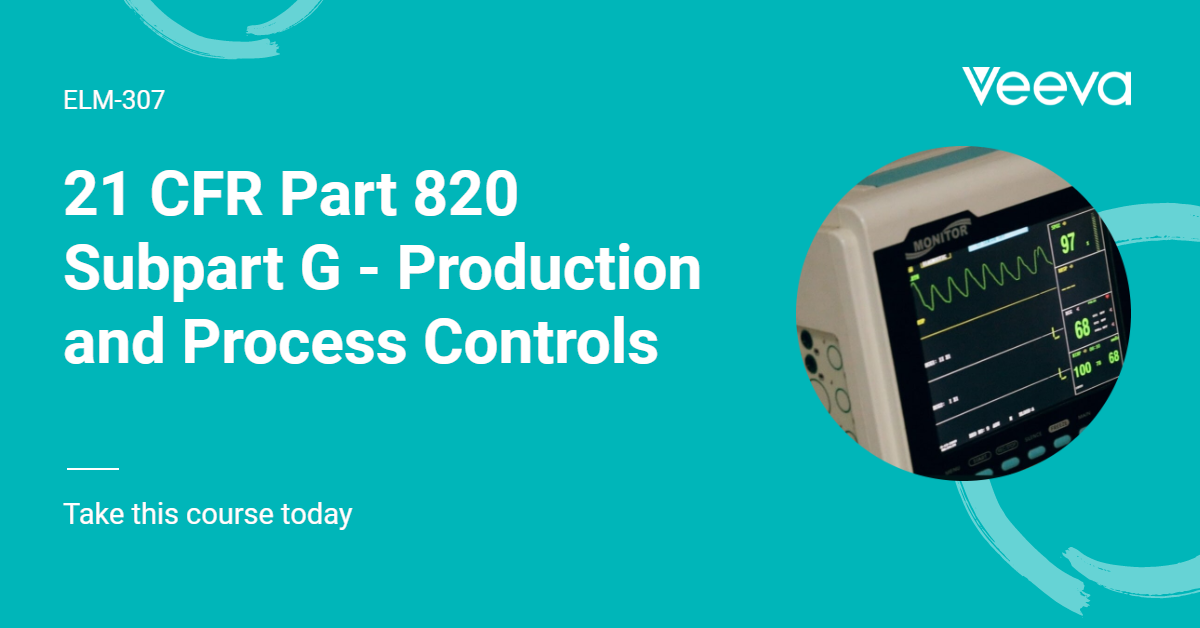It’s a question commonly asked in the validation arena, what is the difference between a FAT and a SAT. This article will finally explain what the difference is and how you will know exactly why each one is required. Any project that involves equipment being developed from a third party should have a FAT and SAT incorporated into the system life-cycle.
If both the FAT and SAT are performed correctly it will lead to a much easier IQ/OQ process.
What is a FAT
A FAT or Factory Acceptance Test is usually performed by the vendor prior to shipping to a client. The vendor tests the system in accordance with the clients approved test plans and specifications to show that the system is at a point to be installed and tested on site.
It’s an essential aspect of the whole system lifecycle and should be performed by experienced personnel. Time spent doing a proper FAT will lead to fewer problems when the equipment is installed on your site.
ISPE verdict:
The partial commissioning and qualification of equipment and/or systems prior to their shipment from the fabricator’s site.
Publication Source: ISPE Biopharmaceutical Manufacturing Facilities Baseline® Guide
GAMP verdict:
Factory Acceptance Test (FAT): (IEEE) An Acceptance Test in the Supplier’s factory, usually involving the Customer.
Publication Source: GAMP 4, Good Automated Manufacturing Practice Guide for Validation of Automated Systems
On acceptance of a FAT some items to look out for include:
- Performed FAT Protocol
- Maintenance and User’s manual
- Recommended spare parts list
- Certificate of compliance
- As built technical drawings (electrical, mechanical, pneumatic & process schemes)
- Materials certificates/data sheets
- Main equipments data sheets
- Instruments calibration certificates
- Welding Processes qualification
What is a SAT
A SAT is a Site Acceptance Test the system is tested in accordance to client approved test plans and specifications to show the system is installed properly and interfaces with other systems and peripherals in its working environment.
ISPE verdict:
Inspection and /or dynamic testing of the systems or major system components to support the qualification of an equipment system conducted and documented at the manufacturing site.
Publication Source: ISPE Commissioning and Qualification Baseline® Guide (March 2001)
Below is a list of some items that should be considered when performing a SAT:
- Finishing Visual check
- Main components visual check
- Internal box pressure and ventilation setting
- Utilities functionality and setting check
- Functionality/Interlocks Verification (Mechanical & Software)
- Safety devices and interlocks check
- Operator’s training





